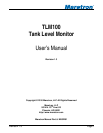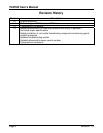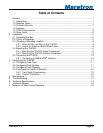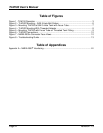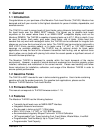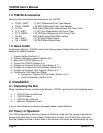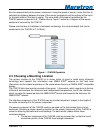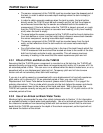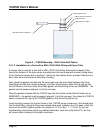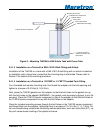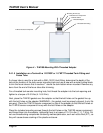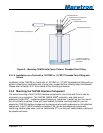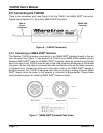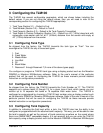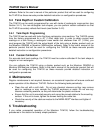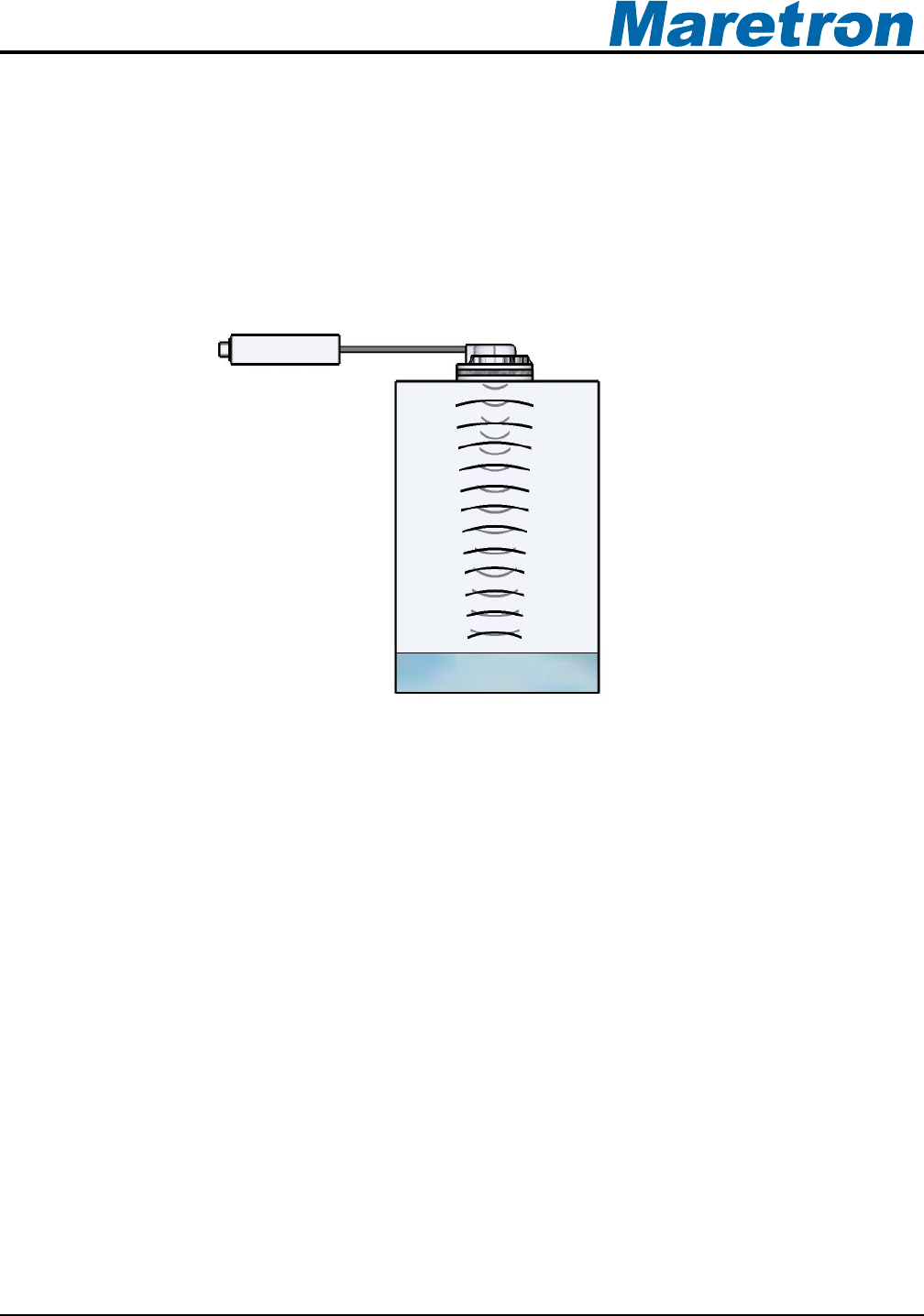
®®
then be received back at the sensor component. Using the speed of sound, it uses this time to
calculate the distance between the face of the sensor component and the surface of the liquid
(or the tank bottom if the tank is empty). The cone width of the beam transmitted by the
TLM100 sensor component is 6°. Please refer to Figure 1 below for a diagram of the waves
emitted and received by the TLM100.
Please note that due to limitations of ultrasonic technology, the minimum depth that can be
measured by the TLM100 is 2” (5.08cm).
Figure 1 - TLM100 Operation
2.3 Choosing a Mounting Location
The primary function of the TLM100 is to sense levels of liquid in tanks using ultrasonic
technology and transmit this information over NMEA 2000
®
network so that tank level
information can be viewed anywhere on the vessel where there is an NMEA 2000
®
compatible
display.
The TLM100 tank level monitor consists of two parts: 1) the sensor, which mounts onto the top
of the tank and contains the ultrasonic level measurement components, and 2) the interface,
which converts the measured data into NMEA 2000
®
format and transmits the data over the
NMEA 2000
®
network.
The interface component of the TLM100 may be mounted anywhere, subject to the length of
the cable connecting it to the sensor component.
The sensor component of the TLM100 must be mounted on the tank whose level is to be
monitored. Choosing a proper mounting location for the sensor component of the TLM100 is
critical to obtaining accurate tank level readings. For best results, please follow these
recommendations:
• The sensor component of the TLM100 must be mounted flat, so that the round
transceiver portion of the TLM100 faces straight downward.
Revision 1.3 Page 3



